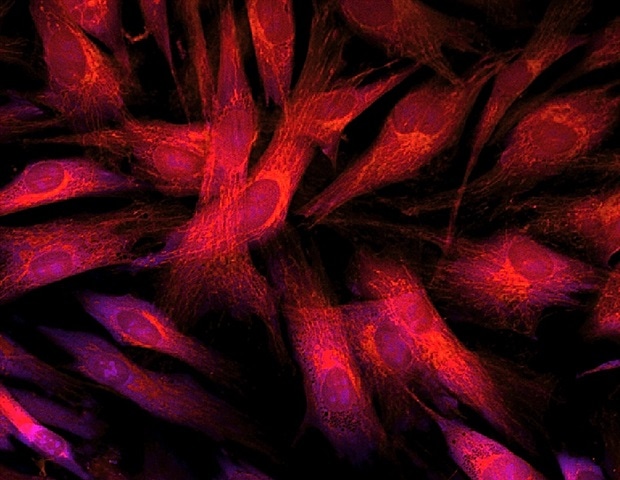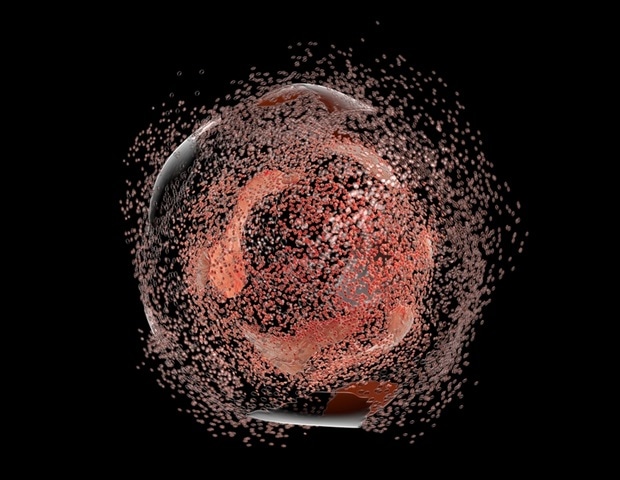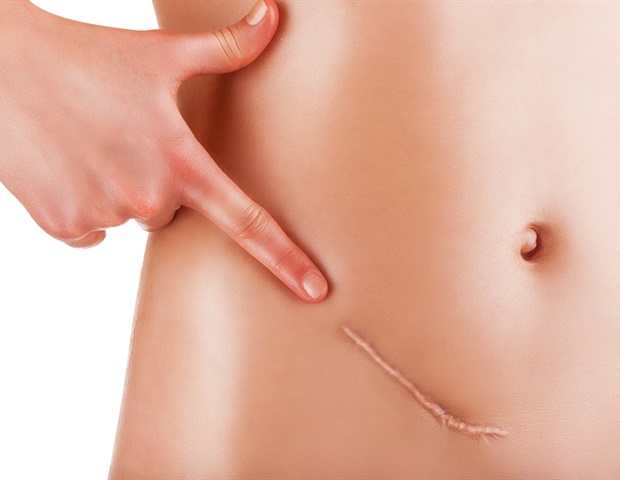When you are caring for an elderly loved one or somebody who has recently had a stroke, they may describe a sensation relating to food feeling stuck in their throat, painful swallowing, or pain in their chest after eating.
This can be concerning, and based on the symptoms that they report, it is highly likely that there is an issue with the esophagus, but is not unusual if somebody has recently suffered from a stroke or has a degenerative disorder such as multiple sclerosis.
Medically, it is known as dysphagia, and it can be very scary for carers to identify and attempt to treat. So, in this article, you will be introduced to what dysphagia is, the different types, and a brief introduction as to what can be done to help your loved one eat with more success.
What is Dysphagia?
Dysphagia translates to mean issues or difficulty with swallowing. However, when having this disorder diagnosed, it is critical that the symptoms are also found when your loved one is aiming to swallow a liquid, as this is an important diagnostic indicator.
The causes of dysphagia fall into 2 groups, which are obstructive lesions and motor disorders. The diagnostic criteria for diagnosing these differ based on clinical presentations. However, whilst you are waiting for a diagnosis, it is worth looking into food supplements for your loved one to take that are specifically targeted to dysphagia, for instance investigate the SimplyThick company to have a look at the aids that they offer to help keep those with dysphagia in good health.
Different Types
Oropharyngeal
Now, onto the different types of dysphagia.
Oropharyngeal dysphagia happens when there is an issue moving food from the oral cavity to the esophagus. Symptoms of this include food sticking in the mouth or the neck, and there are many neuromuscular disorders associated with this type, accounting for almost 85% of cases. The dysfunction is caused by the upper sphincter being unable to relax, causing contraction and difficulty with swallowing.
Oesophageal
This type of dysphagia occurs when there is difficulty passing liquids or solids through the esophagus, specifically between the lower sphincter and the upper one. It can be due to an issue with the esophagus or a physical impairment in the passage, like an obstruction.
Esophagogastric
Esophagogastric dysphagia is when there is an impairment of the passage of food or liquid from the lower sphincter into the gastric area or the stomach. This can be due to issues with the lower oesophageal sphincter or issues with the relaxation of this sphincter. It creates an unpleasant sensation of food becoming stuck at the lower end of the sternum, and it may be due to lesions or issues with blood flow to the stomach.
Paraesophageal
Paraesophageal can present with discomfort when somebody is eating food, or it may actually feel like a pain in the stomach, duodenum, or gall bladder. It is caused by a physical impingement of this oesophageal wall or lesions which prevent food from passing through the esophagus.
Treatment
Diagnosis of dysphagia is key, as well as identifying the right type. Scans may need to be performed that can help determine the severity of the issue. As mentioned before, there are foods that are aimed at people who have dysphagia, so you can ensure that from the diagnosis and beyond, the person you are caring for will be able to eat balanced nutritious meals.








